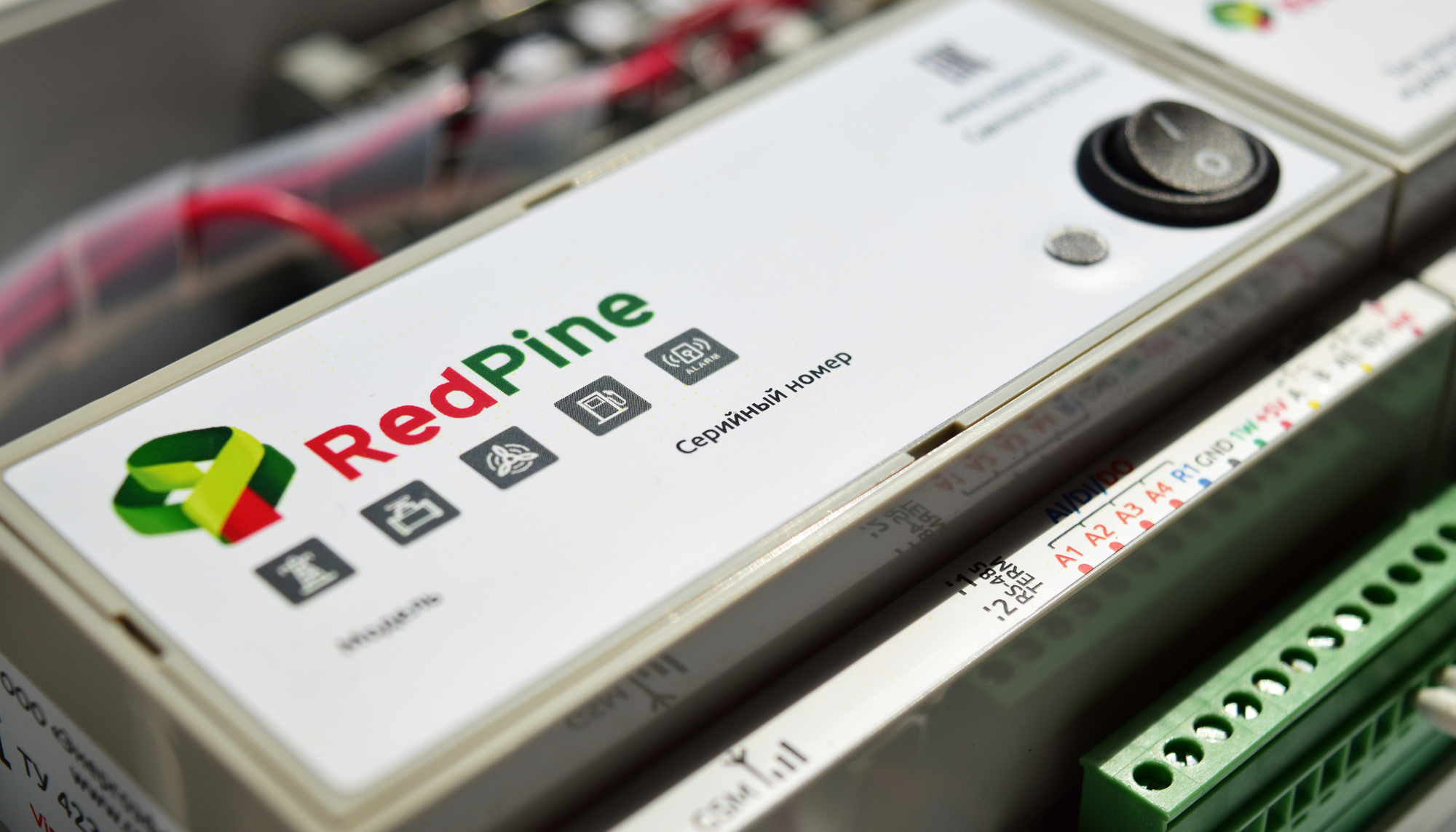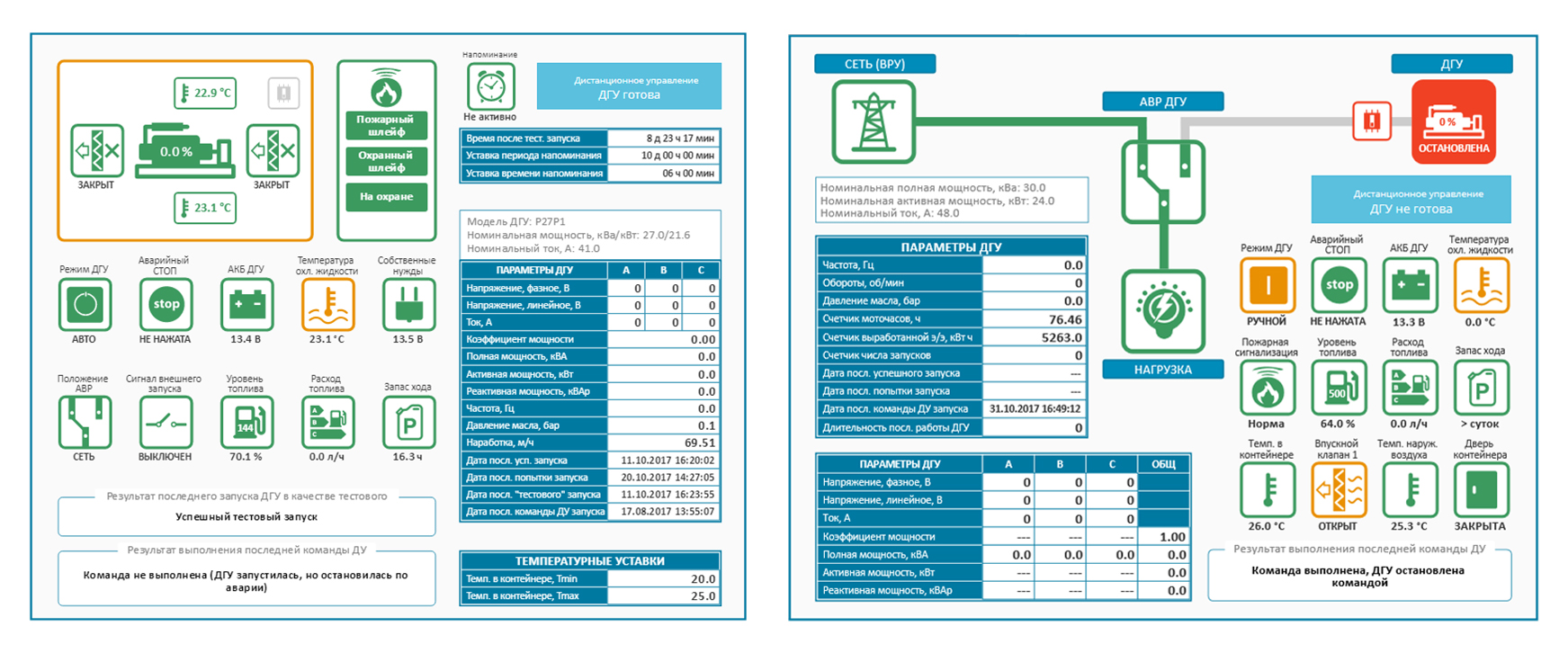It can take a long time to describe a product consisting of many components, options and having various options for integration into engineering systems. But what about the price? Indeed, without the price, in fact, there is no product itself. Only the price will answer the questions about how justified the use of monitoring is, how quickly it will pay off, how much money can be saved monthly, whether the game is worth the candle.

On the one hand, in its concept,
RedPine is a universal platform, on the basis of which various solutions are created for various engineering systems, combining elements of the system, choosing work profiles with them, etc., which means it cannot have prices. But the solution created on the basis of the platform already has a price, especially if this is a typical solution, which will be discussed.
Standardization solution
The development of a standard, almost boxed solution is a natural stage in the evolution of a product. Yes, a universal platform allows you to create almost any configuration, taking into account all possible requirements and wishes of the user, but in most cases the needs are similar, which means you can pre-compile a basic version of the product that can satisfy the needs of the vast majority of customers.
This is convenient for understanding the product, it is cheaper than an individual approach, and a set of additional options and the possibility of subsequent gradual modernization provide flexibility where necessary. And the important point is that now you can talk about the standard price of products, and not to evaluate each time an individual decision.
Since we are experts in the field of small energy, we began the creation of standard monitoring products from this direction - with the monitoring of diesel power plants (Diesel Generators). The product itself was designated
RedPine DGU .
Calculator
If we are talking about price, you should immediately clarify that the RedPine monitoring system is not a purely consumer product, but a technical solution, the cost of which depends on several factors. Therefore, we are not talking about any price list or catalog, because such tools would be inconvenient to use in this case. But it will be convenient to use the online calculator, where everyone can quickly estimate the cost of the solution for their particular case.
And this is how it looks:To enlarge, click on the picture. The calculator is available to everyone at the link: www.redpine.pro/dgu/calc
The calculator is available to everyone at the link: www.redpine.pro/dgu/calcNow, thanks to an online calculator, you can quickly estimate the cost of system implementation, and therefore it is quite easy to calculate the economic benefit from switching to remote monitoring.
Yes, beyond the brackets there are still various options that concern not the diesel generator itself, but related equipment that makes the whole facility unique, and the cost of such options will vary from case to case. Therefore, in a number of projects, communication with managers is indispensable, and by making a preliminary calculation of the base product, it is possible to form an application for an exact calculation from the calculator, taking into account individual wishes. But in general, the picture of value is now very clear and gives an understanding of the order of potential costs.
Payback
The ability to quickly get a price opens up an important opportunity to quickly estimate costs and calculate payback. After all, the meaning of a remote monitoring system is far from not only in convenience and new opportunities, but in saving money (sometimes, a lot of money).
How quickly will pay off? It is rather easy to calculate in advance - you need to evaluate all current monthly expenses for those functions that the monitoring system will undertake, and then divide the cost of this system into these monthly expenses. Thus, we will roughly understand how many months the introduction of monitoring will pay for itself and begin to bring economic benefits.
Of course, if the current monthly costs are very small and payback will have to wait for many years, then it is worth considering - is there monitoring and remote control needed? In some cases, it may turn out that it is not needed, for example, if you have only one generator, it is in close proximity to you and is started manually as needed - in this case, solutions like RedPine DGU give few advantages. But the more generators you have, the farther they are located and the more responsible their tasks - the greater the benefit from remote monitoring and control.
Payback example
To make it clearer, I will give an example from real life.
DGU is set 80 km. from Khabarovsk. The engineer went there every 2 days, and then back to check whether everything was normal with the station, whether it was turned on or not, how much fuel was left, whether there were any strangers in the territory, and so on. Sometimes he found out that the generator had been in the “Accident” mode for more than a day for some reason, and sometimes it turned out that during the previous visit they pressed the “STOP” button and forgot to press it (this often happens), and the station stood these days off, not providing redundancy power.
Usually each such visit took from 4 hours, including road and work, and the financial costs of all these procedures were estimated at about
25,000 rubles. per month. And at the same time it was impossible to be sure at any moment that the diesel generator was on, working and ready to work, as it was impossible, if necessary, to quickly restore readiness by pressing a couple of buttons on a computer or phone. The risk that the
DGU would not start at the right moment and would not provide backup power was very high, and the potential financial losses of such a development were frightening.
After installing the remote monitoring system, the situation has changed dramatically - no need to constantly visit the site to simply check whether everything is in order. Engineering personnel can now see what is happening at the facility in real time via a computer, tablet or smartphone - check the parameters or look at everything live through surveillance cameras.
You can monitor and manage the DSU from your personal account:To enlarge, click on the picture. “Examples of RedPine DSU interfaces in the personal account (link to the demo version)”
“Examples of RedPine DSU interfaces in the personal account (link to the demo version)”Thus, it is possible to control what is going on inside and outside the container, whether there have been penetration attempts, whether there were launches, how many were there, how much fuel is in the tank, what is the temperature inside or outside the container, you can use video surveillance cameras and look at the real picture of what is happening, and most importantly, it is now possible to remotely control both the generator itself and the object support systems (climate, security and fire protection systems). The entire monitoring system "turnkey" with its installation and configuration cost
238,000 rubles. (of these, only
70,000 rubles are monitoring and control of the
DGU , and the rest are options for climate, security, fire-fighting systems, etc.).
In this example, the system has paid off in 10 months. The risk that the backup generator will not start due to the possible unavailability of equipment is reduced many times, the number of trips has decreased by more than 10 times. And now, in less than a year, the monthly costs are about
3,500 rubles , which means that the RedPine monitoring system began to save
21,500 rubles. monthly when compared with the old approach. The savings can be directed, for example, to equip monitoring of the next object.
Solution for everyone
We hope that the creation of standardized products will simplify the understanding of remote monitoring systems in terms of their practical application. Our previous articles talked about the general concept, features and capabilities, and now everyone can "try on" the decision on themselves and decide whether it will be justified and how quickly it will bear fruit.
At the moment,
RedPine AVR and
RedPine UPS products are being developed, which will soon become standard solutions for, respectively, remote monitoring of Automatic Devices for Reserving Reserve and Uninterruptible Power Supply (industrial). And in the future it is planned to create
RedPine Climate for remote control and management of climate systems of objects.
Thanks for attention!